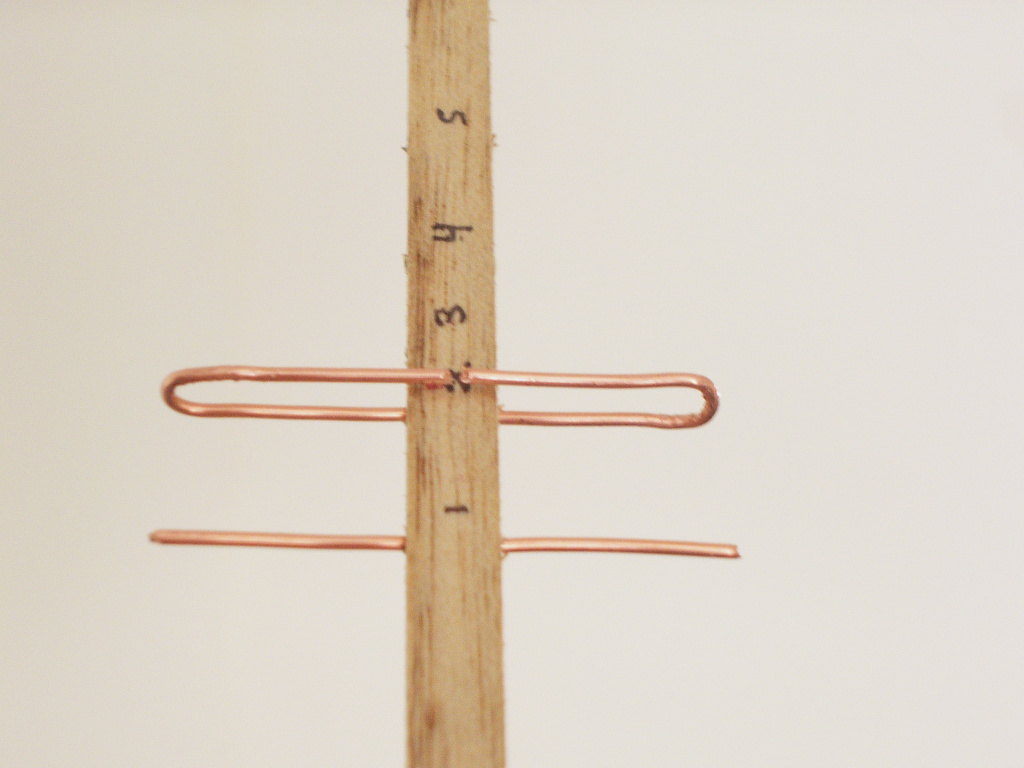Build Yagi Antenna Wifi Build
• Understanding waveguides• Finding and preparing the can• Building the radiating element• Constructing the can antenna• Using antenna simulation software Chapter 3: Building a Directional Tin Can Antenna If you read Chapter 1, you’ll learn how to make a Wi-Fi Antenna Cable that can be used to connect an external antenna to your Wi-Fi card or Access Point. In this chapter, we’ll teach you how to build an antenna and put the cable from chapter 1 to good use.

While there are many commercial antennas available on the market today, they can be expensive. Myriad Pro Adobe Otf.Rar Password. And hey, let’s face it, attaching a commercial antenna to your Wi-Fi network will not turn heads like making your own will.
Here is the design of a 2.4 GHz antenna that is ideal for amateur satellite communications. This antenna is easy to assemble because the design itself tolerates inaccuracies in the construction without really affecting performance. Building a 2.4GHz 10 Element Brass Yagi Build this home made yagi antenna for your 2.4ghz. DG7YBN / Practical Yagi Building. On a common build Yagi-Uda antenna all the parasitic. If you simply want to build a sound antenna go straight down. Feb 09, 2017 Build a 4 Element 2 Meter Yagi, using a Stellar Labs (30-2460) Outdoor FM Antenna ( ).
There are several different types of antennas that you can build. The most famous Wi-Fi antennas are made from either a coffee can or a Pringles potato chip can. In this chapter you learn how to build your own antenna from a regular, metal coffee can. You will be able to build it quickly and cheaply. As an added bonus, you will have lots of coffee which will come in handy in staying awake for the other projects in this book.
Here are the items you will need for this chapter’s project: • The coaxial cable you built in Chapter 1• Metal can about 4 inches in diameter and 5 ½ inches long (100mm x 135mm)• Type-N Connector• Long-nosed pliers• Small wire cutters• Single-sided razor blade• Scissors• Hammer• Drill• Soldering iron and solder• Copper embossing material (optional) • • 1 of 7 •.
Yagi antennas boost the range of a device that receives radio signals. As Wi-Fi networks operate using radio frequencies, the Yagi antenna design can be used with a computer to extend the range of its Wi-Fi receiver. By using a tube as a method of focusing incoming radio signals, you can create a Yagi antenna cheaply and easily that will allow you to receive Wi-Fi signals from a considerable distance. Skill level:Easy Things you need Folgers or Maxwell House steel coffee canN-connectorDrill press or power drill3/4-inch drill bitPigtailFileRuler with millimetre measurementLMR-400 coaxial cableSingle-edge razor bladeWire cutters large enough for coaxial cableSolderSoldering ironMini-PCI Wi-Fi cardLaptop Instructions 1 Remove the plastic cover from the coffee can and the foil beneath it. Discard the coffee grounds.
2 Clean the can to make sure there are no stray coffee grounds still in the can. Remove the can's label. 3 Check the can to make sure it is intact and that it is not dented. Most cans will have ridges, which will not interfere with the antenna's operation, but if there is a hole or a considerable dent, the antenna will perform poorly or not at all. 4 Drill a hole 30mm from the bottom of the can using a 3/4-inch drill bit.
This is the hole the N-connector will go in. 5 Double-check that the N-connector will fit into the hole. Clean up the edges of the hole with a file. 1 Cut about 60mm of coaxial cable.
2 Strip the insulation, inner shield, and dielectric core with a razor blade. You will be left with only the copper conducting core of the cable.
3 Cut the cable to length, which is 30.7mm for this project. The length of the cable, which will be the radiating element, is critical, so measure three times before cutting, and cut precisely as possible. Make sure the cuts on both ends are as close to right angles as possible. 1 Attach the radiating element (the coaxial cable) to the solder end of the N-connector. The cable will fit snugly inside the connector and will need to be soldered in place to ensure the antenna's functionality.
2 Insert the N-connector into the hold drilled for it in section one. Install the connector from the inside of the can with the radiating element on the interior of the can. 3 Screw the N-connector to the coffee can. Use screws that do not protrude through the other side of the can by more than a few millimetres. 1 Screw the pigtail onto the coaxial connector.
2 Plug the small end of the pigtail into the mini-PCI wireless card. 3 Solder the connector in place to ensure a reliable connection. 4 Plug the mini-PCI card into the slot for it on your laptop. Tips and warnings The exactness of measurements in this project are very important, so take care in measuring.